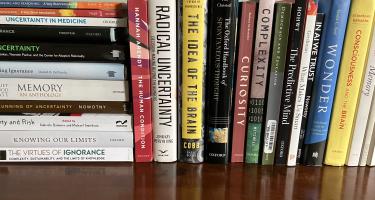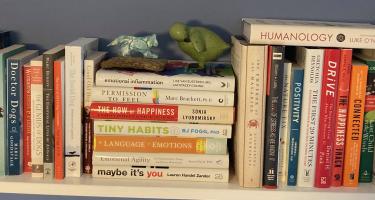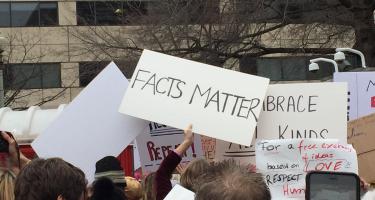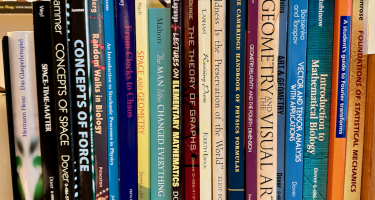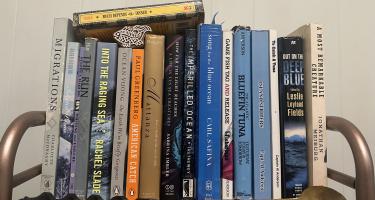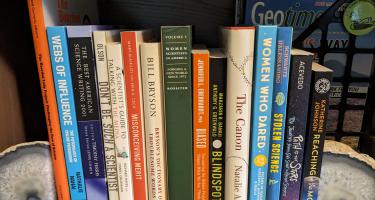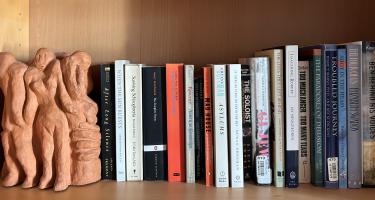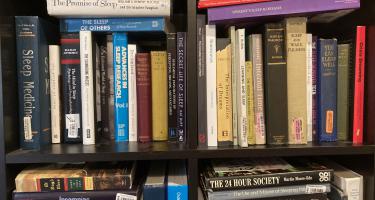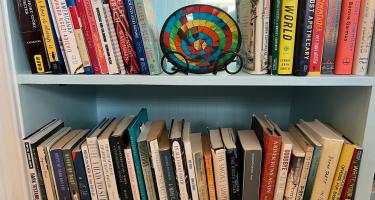Ann B. Parson—The Birds of Dog: An Historical Novel Based on Mostly True Events
Ann Parson drew on news reports and other records to illuminate the awakening of the sciences in this country in the 1800s. In The Birds of Dog: An Historical Novel Based on Mostly True Events, she highlights growing efforts to protect birds and other wildlife from hunters’ “kill-and-collect” methods, explorers’ travels, and the repercussions of inventions such as photography and the telegraph.
